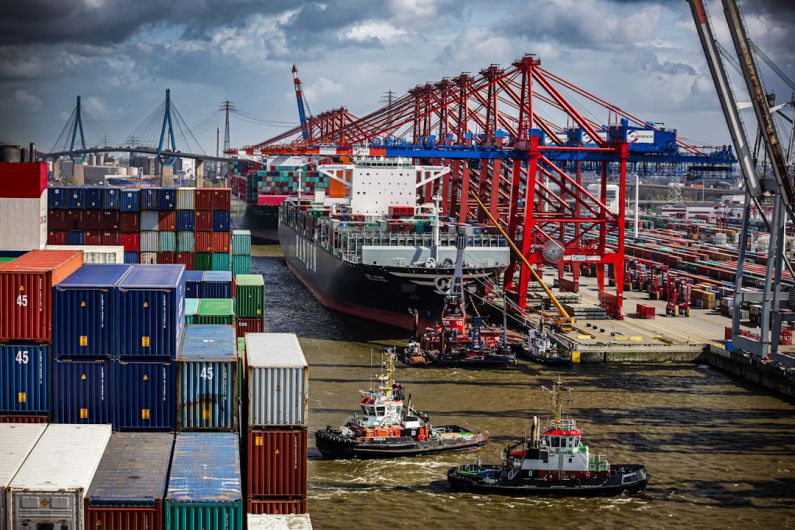The Benefits of Intermodal Transportation
Intermodal Transportation: Streamlining Logistics for a Sustainable Future
In a world where efficiency and sustainability are becoming increasingly important, intermodal transportation has emerged as a key solution to address the challenges of modern logistics. By seamlessly integrating different modes of transportation, such as rail, road, air, and sea, intermodal transportation offers a range of benefits that can help businesses optimize their supply chains, reduce costs, and minimize their environmental impact.
Enhanced Efficiency and Flexibility
One of the primary advantages of intermodal transportation is its ability to enhance efficiency and flexibility in moving goods from one point to another. By utilizing multiple modes of transportation, companies can take advantage of the strengths of each mode, whether it be the speed of air transport, the cost-effectiveness of rail, or the reach of road transport. This flexibility allows businesses to adapt to changing market conditions, optimize routes, and reduce transit times, ultimately improving customer satisfaction and competitiveness.
Cost Savings and Reduced Risk
Intermodal transportation can also lead to significant cost savings for businesses. By combining different modes of transportation, companies can benefit from economies of scale and reduce overall transportation costs. Additionally, intermodal transportation can help mitigate risks associated with disruptions in a single mode of transport, such as strikes, natural disasters, or congestion. By diversifying transportation options, businesses can ensure a more reliable and resilient supply chain that is less vulnerable to external shocks.
Environmental Benefits
In an era where sustainability is a growing concern for businesses and consumers alike, intermodal transportation offers significant environmental benefits. By shifting freight from trucks to more fuel-efficient modes of transportation, such as rail or sea, intermodal transportation can help reduce greenhouse gas emissions, air pollution, and overall carbon footprint. Additionally, by optimizing routes and reducing empty miles, intermodal transportation can further contribute to a more sustainable and environmentally friendly supply chain.
Improved Safety and Security
Intermodal transportation also offers improved safety and security for goods in transit. By utilizing multiple modes of transportation, companies can reduce the risk of theft, damage, or loss of goods. Additionally, intermodal transportation often involves standardized containers and tracking systems, which can enhance visibility and traceability throughout the supply chain. This increased transparency and control over the movement of goods can help companies better manage risks and ensure the safe delivery of products to their destination.
Global Reach and Connectivity
Another key benefit of intermodal transportation is its ability to provide businesses with global reach and connectivity. By seamlessly integrating different modes of transportation, companies can access markets around the world and expand their customer base. Whether it be through air freight for expedited delivery or sea transport for long-distance shipments, intermodal transportation offers businesses the flexibility and connectivity they need to thrive in an increasingly globalized economy.
Building a Sustainable Future
In conclusion, intermodal transportation represents a powerful tool for businesses looking to streamline their logistics, reduce costs, and minimize their environmental impact. By harnessing the benefits of multiple modes of transportation, companies can enhance efficiency, flexibility, and resilience in their supply chains. As businesses continue to embrace sustainability and innovation, intermodal transportation will play an increasingly important role in building a more sustainable and connected future for global trade and commerce.






